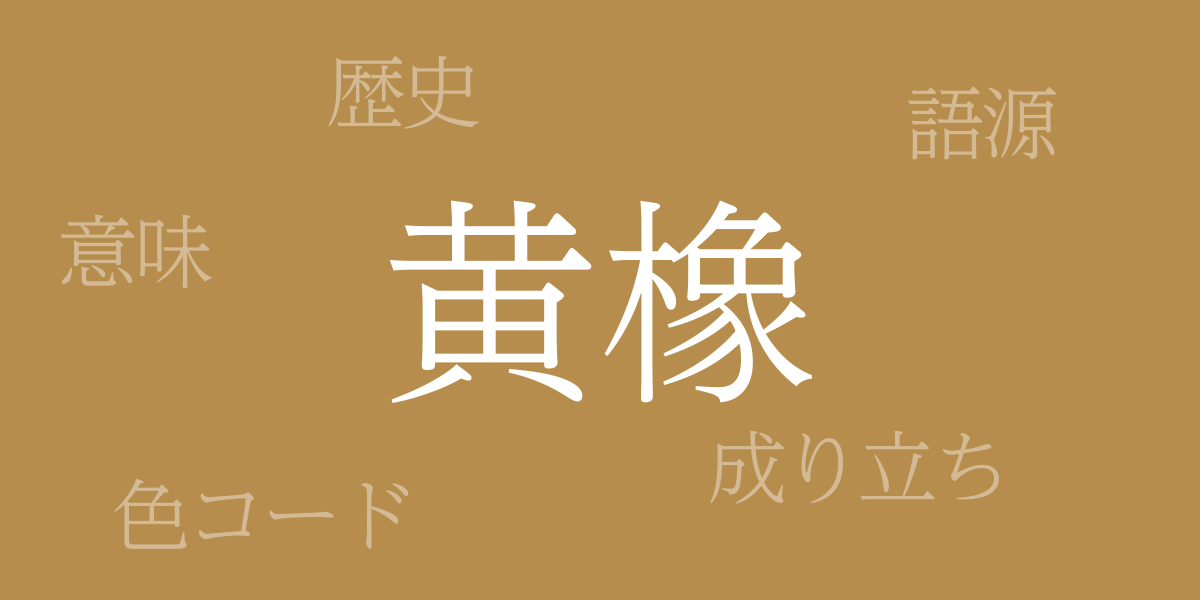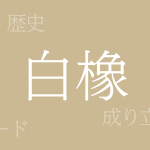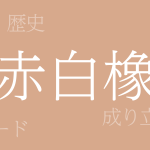Colors stir emotions and enrich cultures. Among the traditional colors of Japan, ‘Yellow Oak (黄橡 – きつるばみ)’ has a unique hue that is deeply rooted in Japanese tradition. This article delves into the allure of Yellow Oak, exploring its historical significance, color codes, and its international name, inviting you to experience the beauty of Japanese aesthetics.
About Yellow Oak (黄橡 – きつるばみ)
Yellow Oak (黄橡 – きつるばみ) is a traditional Japanese color, characterized by a subdued yellow-brown hue. This color draws inspiration from nature, specifically the acorns of the oak tree (つるばみ), and has been historically used in kimono fabrics and Japanese paintings. Yellow Oak represents the Japanese appreciation for nature and their delicate sensibilities through its color.
The History of Yellow Oak
The color Yellow Oak has been used since the Heian period, favored among the aristocracy. As time passed, it became prevalent in the commoner culture during the Edo period, becoming a color cherished by all social strata, from samurai to merchants and peasants alike.
Color Codes for Yellow Oak
In the digital age, accurate color reproduction is crucial for maintaining the integrity of traditional colors. Below are the color codes for Yellow Oak:
- HEX: #B68D4C
- RGB: R:182 G:141 B:76
- CMYK: C:36 M:49 Y:77 K:0
International Name for Yellow Oak
The international names for Yellow Oak include ‘Yellow Ochre’ and ‘Raw Sienna,’ terms commonly used in Western painting for pigments similar in hue to Yellow Oak. These names facilitate a better understanding of the color in global design communications.
Summary of Yellow Oak
Yellow Oak holds an important place as a traditional Japanese color due to its historical and aesthetic significance. It continues to be revered in modern fashion, design, and art, bridging traditional Japanese culture with contemporary styles. Through this rich color, the vibrant palette of Japanese cultural colors can be shared globally.

























